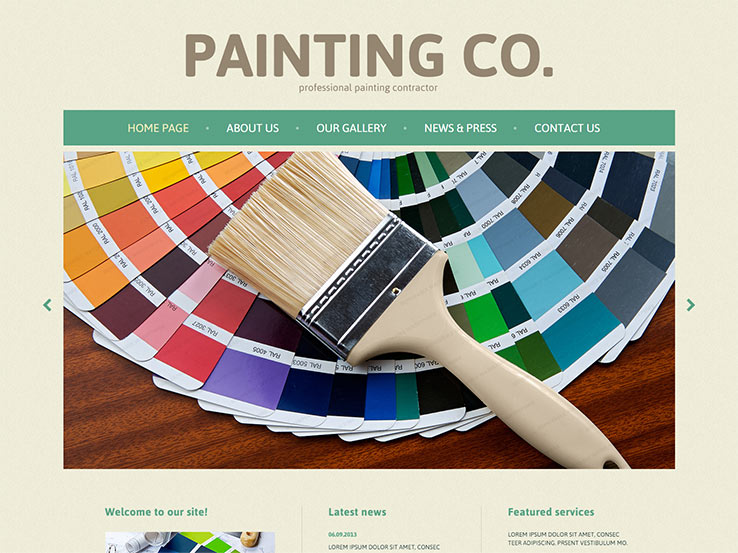Seasonal Factors In Commercial Exterior Painting: Key Insights You Need To Understand
Seasonal Factors In Commercial Exterior Painting: Key Insights You Need To Understand
Blog Article
Team Writer-Doherty Urquhart
When you're planning an industrial exterior paint task, seasonal aspects can make or break your outcomes. You'll want to think about how temperature level and humidity effect paint application and drying times. Picking the best season can guarantee your paint sticks properly and lasts longer. But which periods are absolutely the very best for this type of job? Allow' mouse click the next document out the crucial elements that can influence your task's success.
The Influence of Temperature Level on Paint Application
When you're planning a commercial exterior paint project, the temperature can considerably impact exactly how well the paint adheres and dries.
Ideally, you want to repaint when temperatures vary between 50 ° F and 85 ° F. If it's also cool, the paint might not heal properly, leading to issues like peeling off or breaking.
On the flip side, if it's also hot, the paint can dry out also swiftly, avoiding appropriate attachment and resulting in an uneven surface.
You ought to also take into consideration the time of day; morning or late afternoon offers cooler temperature levels, which can be much more positive.
Constantly check the maker's referrals for the specific paint you're making use of, as they commonly give guidance on the perfect temperature level array for optimal results.
Humidity and Its Impact on Drying Times
Temperature level isn't the only environmental element that influences your business exterior painting project; humidity plays a substantial function as well. High humidity degrees can reduce drying out times substantially, influencing the total quality of your paint work.
When the air is saturated with dampness, the paint takes longer to treat, which can bring about concerns like poor adhesion and a greater threat of mold growth. If you're painting on a specifically humid day, be gotten ready for prolonged delay times in between layers.
It's crucial to keep an eye on regional weather conditions and plan appropriately. Preferably, go for humidity levels between 40% and 70% for optimum drying.
Maintaining these factors in mind guarantees your job stays on track and provides a long lasting surface.
Best Seasons for Commercial Outside Paint Projects
What's the best season for your industrial outside painting jobs?
Springtime and very early fall are usually your best options. Throughout https://www.pressrepublican.com/news/joe-remillard-paints-his-way-home/article_c755445e-e733-11ec-b71e-3774a3950fb2.html , temperatures are light, and humidity levels are typically lower, producing ideal conditions for paint application and drying out.
Prevent summer's intense heat, which can create paint to dry as well quickly, leading to bad attachment and coating. Likewise, winter's cold temperatures can prevent correct drying out and healing, running the risk of the longevity of your paint job.
Aim for days with temperature levels between 50 ° F and 85 ° F for ideal results. Remember to inspect the neighborhood weather forecast for rain, as damp problems can spoil your project.
Planning around these aspects guarantees your painting project runs smoothly and lasts much longer.
Verdict
To conclude, intending your industrial outside painting tasks around seasonal considerations can make a considerable distinction in the end result. By organizing job throughout the excellent temperatures and humidity degrees, you'll make certain far better attachment and drying out times. Keep in mind to watch on local weather forecasts and select the correct time of year-- spring and very early autumn are your best choices. Taking these steps will certainly aid you attain a sturdy and professional finish that lasts.
